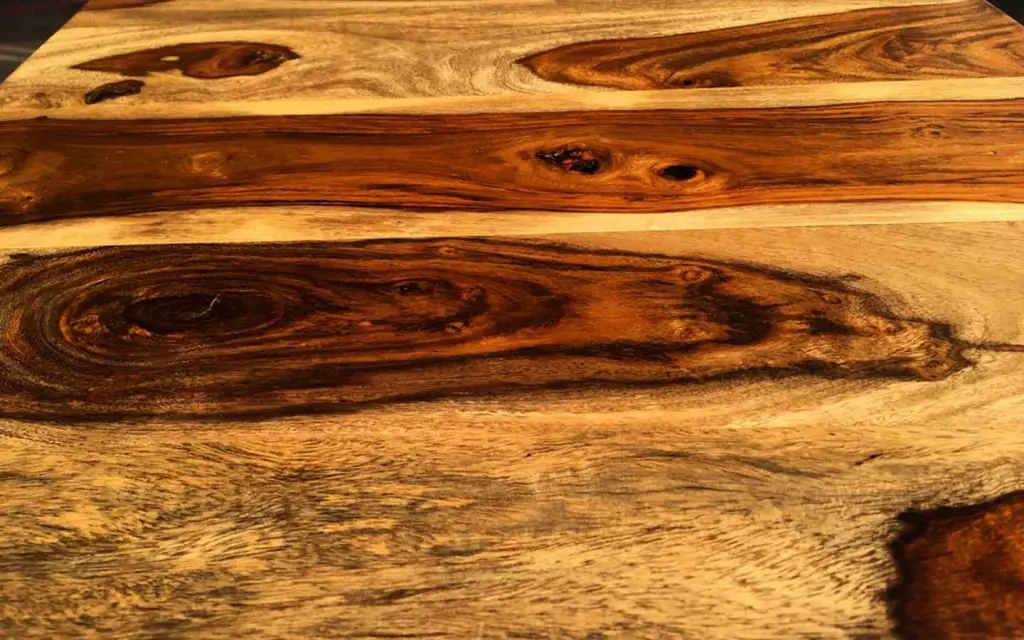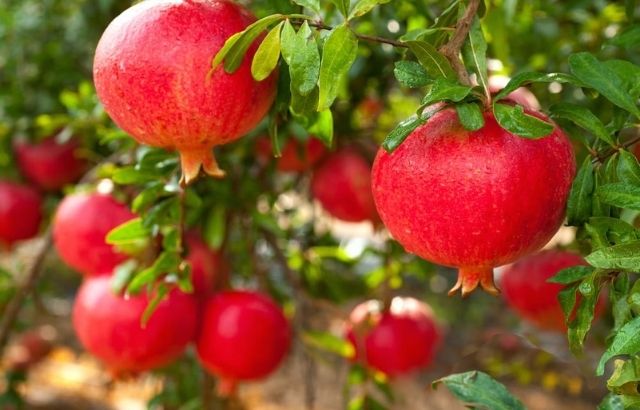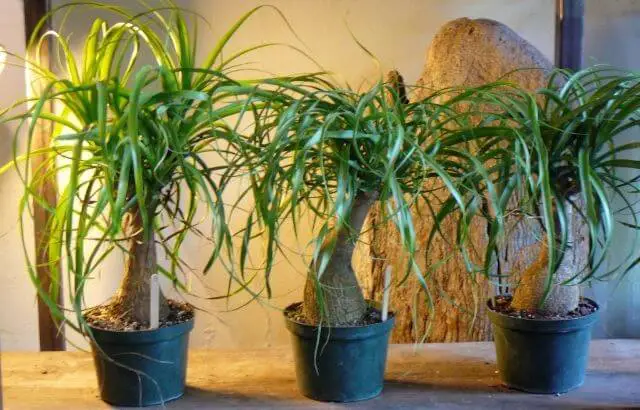Sheesham wood is commonly known as Indian rosewood or Dalbergia sissoo from India. A tree very resistant to climatic changes; evergreen. It is widespread in this part of the world, found everywhere in this region, even as shade trees. Sheesham wood has a pleasant appearance. With the proper polishing, it generates a fine finish.
Ideal for furniture with decorative carvings, its combination with a light stain will create a uniform and elegant look. Next, we will name and explain everything related to Sheesham wood benefits. Addressing; the necessary aspects and considerations to be clear about everything related to this topic:
Sheesham Wood: Basic Information
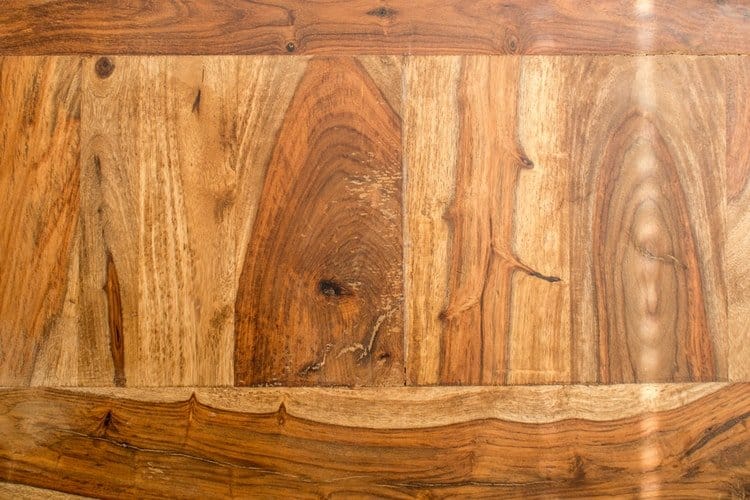
In the world, this type of wood species recognized as the original species of rosewood, the benefits of Sheesham wood cover the market. It generates fuels and beautiful works of art that dazzle homes with excellent handling and strength.
Today it is one of the popular choices for forestry and plantations. These are qualified as hardwood comes from deciduous trees that grow in tropical forests, generating the material required for durable works. Sheesham wood trees grow slowly and are large compared to softwood trees from the same soil.
Sheesham woods are strong and durable; due to their lignin coating in the xylem vessels, making them fire-resistant to termites and other wood predators, placing it in an excellent position in terms of durability.
Characteristics of Sheesham wood
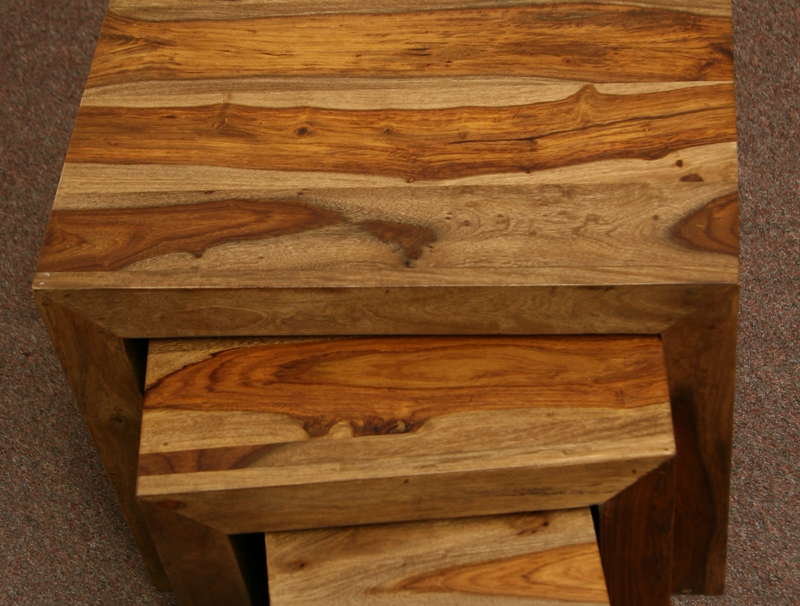
- They have a pleasing appearance; the color varies from golden to deep reddish-brown.
- They match natural wood markings in the form of dark stripes. Its structure has interlocking grain, which provides strength and durability.
- It adapts to any soft or robust finish, design, glues, and furniture manufacturing machinery. They were widely used in bed manufacturing for all their advantages, offering quality carving due to their flexibility.
- Due to their robustness and resistance, it is difficult for them to deform, maintaining their image and shape for very long periods.
- Resistant to plagues, such as dry-wood termites, ideal for the manufacture of closets. They are highly resistant to natural decomposition.
- The elaboration of articles with Sheesham wood is pieces for a lifetime.
- These hardwood trees are light compared to furniture made with other woods, such as teak. With affordable prices, you are taking the above comparison.
- The price of Sheesham wood is affordable, with minimal flooring maintenance.
- Interior decorators currently use them to combine with the space and colors of the rooms.
Differences between Rosewood and Sheesham Wood
Rosewood is the wood of several trees, including those belonging to the Tipuana, Pterocarpus, and Dalbergia genera.
Rosewood is a hardwood that comes in a variety of colors and gets its name because elder trees have a fragrant, rich perfume that reminds people of roses. It is distinguished by its dark brownish and reddish coloration, as well as darker veining. Sheesham is essentially rosewood variant. It is made from the Dalbergia sissoo tree species, which is also known as Indian Rosewood.
This is a hardwood that comes in a variety of colors. The wood of an angiosperm tree is known as hardwood. This is a tree that produces seeds encased in pods, shells, coverings, or fruits, apples, for example, or nuts and seeds such as acorns and walnuts.
Birds and insects are drawn to the tree’s blooms, and they can transfer pollen to other trees thanks to these seeds. This is also why hardwood trees are rarely clumped together, preferring to be spread apart with other trees in between.
How to Extend the Life of your Sheesham Wood Furniture
Despite the durability and robustness offered by these interlocked grains, it is always necessary to apply particular care.
Which we will offer you below:
They should not undergo extreme temperatures. They are very resistant to climatic changes, but subjecting them to high and low temperatures will weaken their grain and structure for a long time.
It makes no sense to place Sheesham furniture or beds near fireplaces or in direct sunlight. Do not place glasses with hot beverages on their surface. This could cause stains. If necessary, use cup holders or heat-resistant mats.
The finishes in this type of wood, typically, are works of art. Avoid placing accessories; that can cause scratches or scrapes. One of the famous pieces of furniture is the Sheesham wood bed 40. Regularly polish the pieces. It encourages you to do this three times a year to maintain the aesthetics and shine of your furniture.
Differences between Sheesham wood and Teakwood
These types of wood products guarantee delicate, uniform and, elegant, and durable finishes. They are the choices; used by renowned manufacturers and interior designers in the use of wood for furniture. They are works of art that embellish the places where they find their use.
For this reason, we will show the differences and advantages offered by each one of them:
- The Sheesham wood is originally from India, called Indian rosewood, located in humid areas with high temperatures. Have a large amount of water present, making them vulnerable to the precious liquid. It is necessary to coat them with lubricants; to bring their beauty to the wood field.
- Teak wood, with origin in the Caribbean and Asia, is dry, located in lower humidity and temperature regions. It has less quantity of water in its feet, making it resistant to the mentioned liquid. They have a large amount of oil in their stem, not suitable for combustion. Due to their water resistance, they find use in boats and solid wood furniture.
- Its main difference lies in the Sheesham’s texture; it has a natural vetoed with chestnut color and teak; smooth finish, and yellowish-brown streaks that, when mature, become a silver-gray patina finish.
- The Sheesham wood; has greater flexibility than teak, allowing the elaboration of different types of furniture, helping the imagination of the creator of works in wood, such as the Sheesham wood table, are delicacies of the market.
- The teak wood provides greater weight for its dense and resistant texture than the Sheesham wood. A piece of furniture made with teak weighs twice as much as Sheesham wood furniture.
- The teak wood has more excellent resistance, being considered vital next to the Sheesham, but it resists the onslaught of dry wood termites.
- Handcrafted manufacturers prefer teak, but manufacturers with cutting tools use Sheesham because of its ease and flexibility.
- The cost of teak wood is very high compared to Sheesham. If the option is to save money and have a quality piece of furniture, your option is Sheesham. Otherwise, you should choose teak.
Types of Wood for Furniture
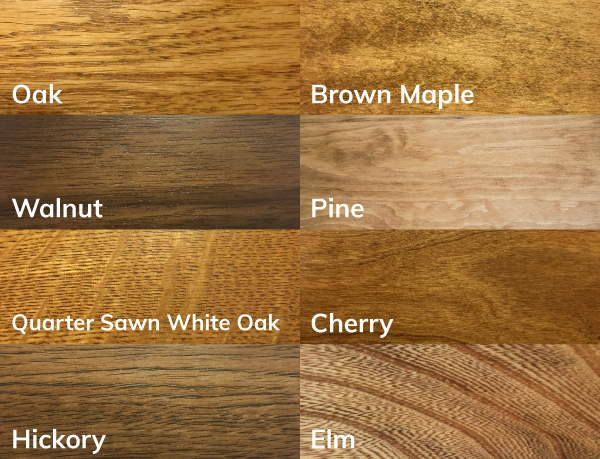
- Sheesham wood.
- Mango wood.
- Paulownia wood.
- Mindi wood.
- Teak wood.
- Pinewood.
- Oakwood.
- Chestnut wood.
- Mahogany wood.
- Elmwood.
Sheesham Wood: FAQs
Is Sheesham wood expensive?
Because of its exceptional characteristics, teak wood is quite expensive, but Sheesham is a more cheap form of wood used to make wooden furniture. Sheesham wood price is one of the most incredible woods for furniture because of its durability, ease of maintenance, and termite resistance. It is less expensive than solid wood or teak wood.
What kind of wood is Sheesham wood?
Sheesham, often known as Indian rosewood, is derived from the Dalbergia sissoo tree and reaches a height of about 30 meters, and require 22 years to reach maturity. Sheesham timber is divided into two types: Sheesham heartwood and Sheesham sapwood.
What is the English name of Sheesham wood?
Sheesham wood is a deciduous tree endemic to the Indian Subcontinent, commonly known as Indian Rosewood or Dalbergia sissoo. It is the most significant farmed wood tree in the Punjab, which produces the most Sheesham timber in Pakistan and India, after teak.
Sheesham hardwood, often known as Indian rosewoods, is supple but tough. This enables you to build any unique designs that suit your preferences. Sheesham hardwood or Indian rosewood is the wood to choose if you want to have distinctive furniture in your home.
Is Sheesham wood waterproof?
Sheesham has high moisture content, making it susceptible to water damage and prone to warping in humid circumstances. Sheesham should be treated with a wood finish that can provide a waterproof layer for protection. Sheesham is resistant to termites.
Is Sheesham wood banned?
The Export Promotion Council for Handicrafts (EPCH) announced that the Ministry of Environment, Forest and Climate Change had filed a request to CITES to remove Dalbergia sissoo from Appendix-II of CITES, limiting the trading of Sheesham wood goods.
Is Sheesham wood heavy?
Teak wood is heavier than Sheesham because it has a denser texture and better tensile strength. When building a teak wood king-size bed, teak is chosen over Sheesham due to its weight. Sheesham is suited for tiny or foldable pieces, like as handicrafts and décor items.
Is Sheesham wood a hardwood?
Sheesham is also classed as a hardwood, which is an intriguing feature. The term “hardwood” refers to wood that originates from dicot trees. Tropical woods are home to several of these trees.
What is Sheesham wood used for?
Sheesham is also known as Sisu, Indian Rosewood, Dalbergia sissoo, and various other names. In India, Sheesham is a valuable wood tree. Doors, window frames, furniture, notably cabinets, and other items are made of wood. Wood pulp is also utilized in the production of paper.
How do you protect Sheesham wood?
- Avoid direct sunshine and extremes in temperature.
- Changes in humidity should be avoided.
- Dust should be wiped away regularly.
- From time to time, polish the wood.
- Natural Beeswax is recommended for a superior finish.
What is the Colour Sheesham wood?
Sheesham’s heartwood ranges from golden brown to deep reddish-brown, and its sapwood ranges from white to a pale beige, giving it a diverse spectrum of textures and colors to create exquisite furniture.
How can you tell real Sheesham wood?
Sheesham wood is either golden brown or dark brown in hue. It also contains sapwood stripes that range from white to light brown. The timber is quite fragile. The wood is first air-dried highly thoroughly to make it sturdy and worth utilizing; else, it would split.
What is Sheesham Wood called in English?
Sheesham wood is a deciduous tree endemic to the Indian Subcontinent, commonly known as Indian Rosewood or Dalbergia sissoo.
What is the difference between Rosewood and Sheesham wood?
Rosewood is a hardwood that comes in a variety of colors. Sheesham is essentially rosewood variant. It is made from the Dalbergia sissoo tree species, which is also known as Indian Rosewood. Rosewood is the wood of several trees, including those belonging to the Tipuana, Pterocarpus, and Dalbergia genera.
Bottom Line
We have all the relevant information related to Sheesham wood, which generates a defined criterion about it. In this way, you can choose with criteria; the beneficial use of this type of material. With which items that enhance and embellish your home become a reality.
You are providing durability and resistance, which will accompany you for the rest of your life. In addition, you will find good value for money because it is affordable compared to other types of wood.
The content featured in this article also allows you to learn about the types of wood in use today. Which will reinforce your wise choice; towards Sheesham wood? Imitating; the behavior possessed today by interior designers.
Using the Sheesham wood appropriately; in the elaboration of furniture that you use and embellish your home.
In this way, you have the necessary tools to demand criterion, the type of wood; that has to contain your furniture.

